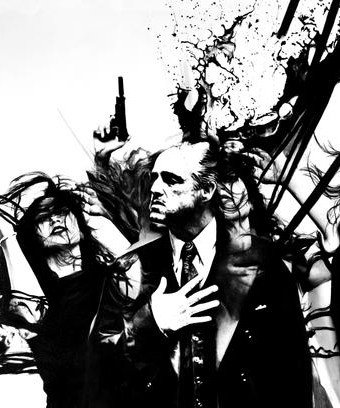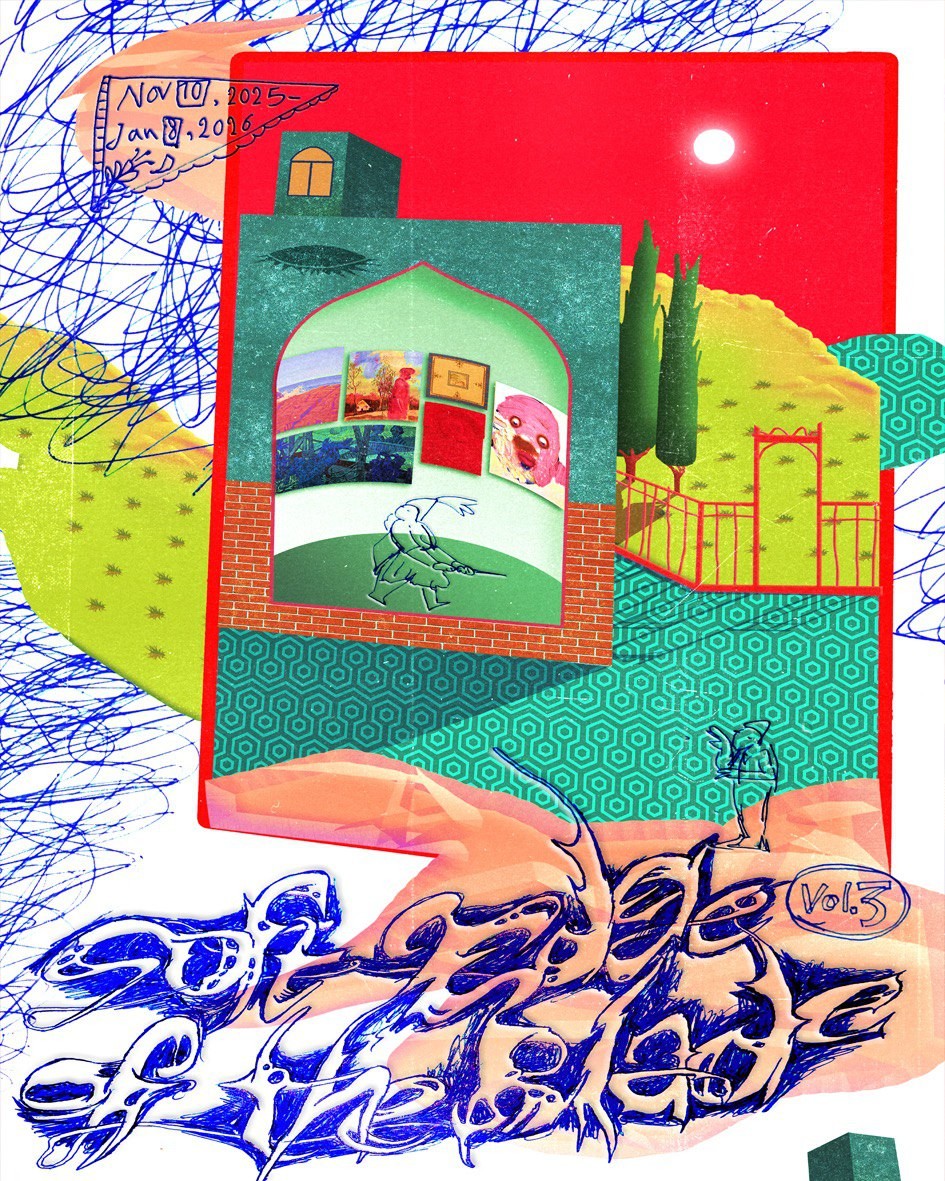Dubai,
B11, Alserkal Avenue Exit 43 of SZR Street 8, Al Quoz 1 Dubai, United Arab Emirates
16 March 2015 - 30 April 2015
Ayyam Gallery is pleased to announce Femafia, the solo exhibition of acclaimed Iranian artist Afshin Pirhashemi, who returns to Dubai with a new body of work. Pirhashemi’s evident fascination with women, their struggles in hostile environments, and a resulting combative character, now expand to a wider scope of observation, tainted by the atmosphere that has been surrounding the artist for the past year. News, films, and women, among others, ignited a shifting outlook on the world that Pirhashemi has translated with his unmistakable style into photorealistic portraits defiantly laying on minimalist backgrounds.
While Pirhashemi’s consummate brushwork remains a constant, his instantly recognisable monochromatisms seemingly dissolve, allowing colours to gain territory on his canvases. Following his UK show last year (Seduction, Ayyam Gallery London), in which two large-scale paintings introduced nude hues on the faces of his bold heroines, Pirhashemi’s thirst for pigments amplifies after years of colour abstinence.
The newly injected contrast between dark and vibrant tones contributes to the buildup of tensions, usually expressed through a dichotomic symbology. With In a moment (2014), presenting five women through varying degrees of transparency, Pirhashemi pays homage to Kobani female fighters, whose bravery he admires. One of them is depicted in full colour - red lips and blazing hair cascading down her shoulders while pointing a gun at the viewer. Two of her fellow protagonists appear posing in a fashionable manner, draped in black chadors while sporting dark sunglasses. They rub shoulders with vanishing females, whose subtle disappearance is reverberated by the shade of a grey figure walking off to the horizon.
In Godfather (2014), the gun is held by one of the three women wearing sleeveless black gowns and surrounding Mario Puzzo’s iconic character, personified by Marlon Brando. Portraying a male figure for the first time, Pirhashemi hints at the underworldly lifestyle he has witnessed in various locales, and confronts it to western allegories of ultimate freedom on the opposite side of his canvas - a hoard of wild horses galloping at the feet of the Statue of Liberty.
The dualities persist in Dynasty (2014), which blends the crimson gown of a young Elizabeth I with the portrait of a modern Iranian woman and her piercing gaze. The colour-invaded costume prolongs into a crescent-adorned pinnacle, evoking tradition and modernity; past and present; East and West.
Through carefully orchestrated depictions of his flamboyant characters, paired with strong, symbolic, and revealing titles, Pirhahsemi takes the viewer on a narrative road to an evolving psychic state that translates his oeuvre into one continuous series.

Available Nearby Exhibitions
Soft Edge of the Blade Vol. 3
10 November 2025 - 8 January 2026
